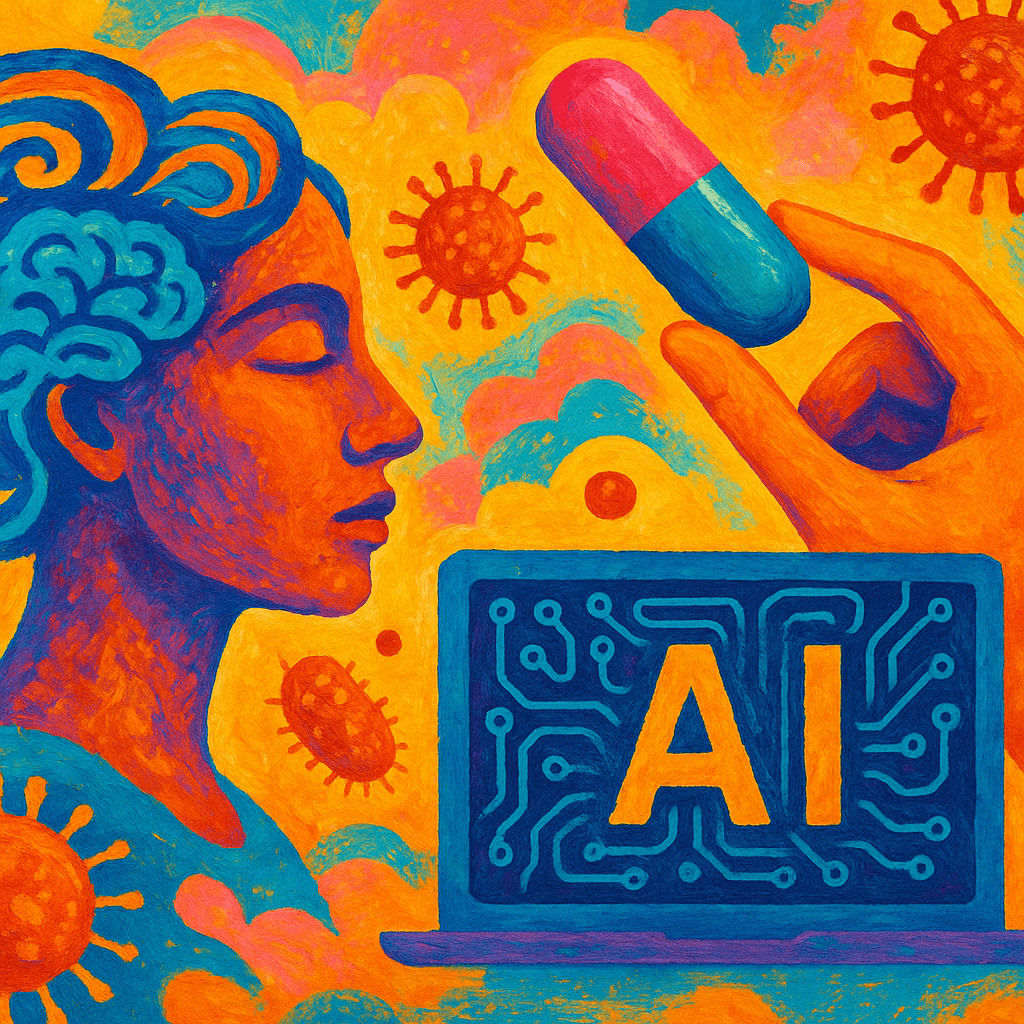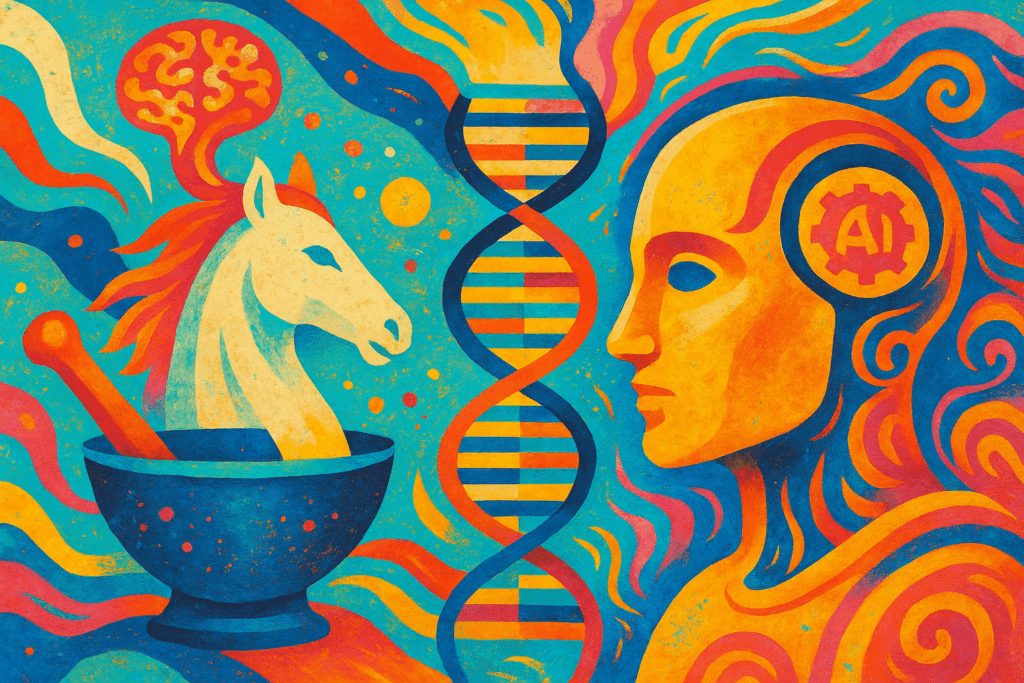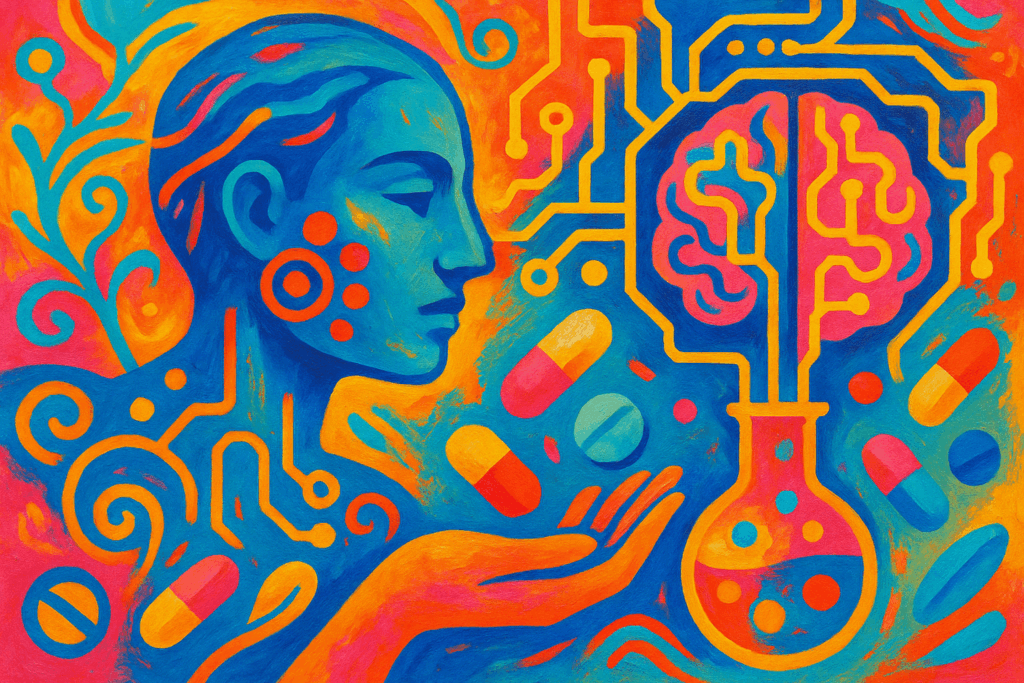AI Accelerates Superbug Antibiotic Discovery
Antibiotic resistance presents an ongoing challenge in healthcare, as many bacterial infections have become harder to treat due to emerging superbugs. Traditional drug discovery methods are often slow, expensive, and complex. Artificial intelligence, particularly generative AI, offers a new approach to accelerate the identification of effective antibiotic molecules by rapidly analyzing vast chemical spaces.
MIT’s Generative AI Success Against MRSA & Gonorrhea
Researchers at the Massachusetts Institute of Technology (MIT) applied generative AI models to screen millions of molecular structures to find candidates capable of combating resistant bacteria. Their approach focused on designing new molecules effective against two problematic pathogens: methicillin-resistant Staphylococcus aureus (MRSA) and Neisseria gonorrhoeae, the bacterium responsible for gonorrhea.
The AI-driven search yielded promising compounds named DN1 and NG1, which demonstrated significant antibacterial activity in laboratory tests. DN1 showed strong efficacy against MRSA strains, while NG1 targeted drug-resistant Neisseria gonorrhoeae. These molecules represent novel chemical structures not previously recognized as antibiotics, showcasing generative AI’s capability to create unique drug candidates.
The Road Ahead for AI-Driven Cures
Following these initial findings, MIT is collaborating with Phare Bio to optimize these candidate molecules, improving their potency and safety profiles. The National Institutes of Health (NIH) supports ongoing research to advance these AI-designed antibiotics through preclinical development.
While further testing and clinical trials are necessary before these drugs become widely available, experts estimate the process could take several years. Nonetheless, the integration of AI into antibiotic discovery marks a promising advancement in addressing the urgent need for new treatments against resistant superbugs.
This approach may revitalize drug development pipelines that have seen limited innovation over recent decades, potentially enabling faster discovery of therapeutics for neglected infectious diseases.




